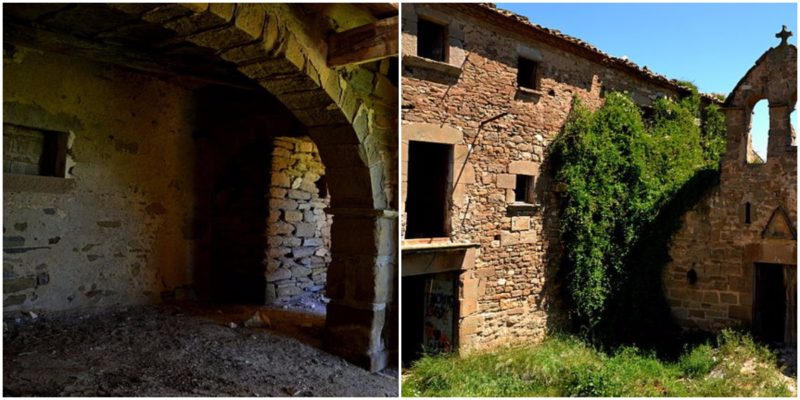The small deserted village of Conill, located near the town of Tàrrega in the region of Catalonia, Spain, has quite an interesting story hidden in its picturesque ruins. In the distant pa, t there was an agreement between the inhabitants of the village that did not permit construction of more houses than those that which existed and were occupied by five families: Cal Cinca, Cal Frare, Cal Palau, Cal Pont and Cal Vilafranca.
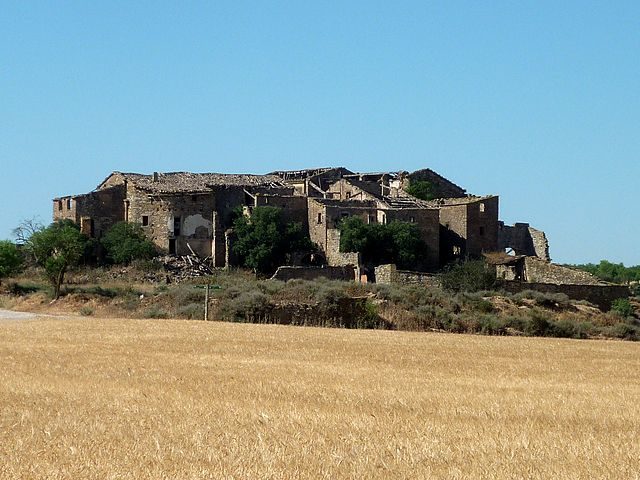
Only the firstborn child from each family inherited the house and the property, and the rest of the descendants had to leave their place of birth after reaching maturity. This prevented the expansion of the village.
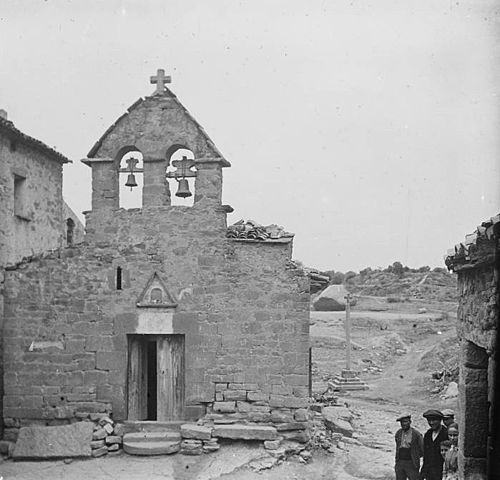
However, after decades of constant stagnation, all the inhabitants left the village in the early 1980s. Since then, the once-thriving community has been completely abandoned. All of the valuables were removed and the buildings began to crumble. The old agreement was likely one of the main reasons why Conill became a ghost town. Now the empty and ruined buildings look like a war zone or the set of a post-apocalyptic movie.
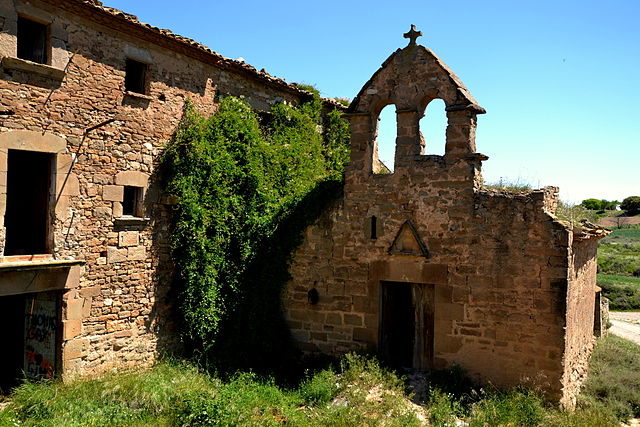
The village had only five large houses and a parochial church which formed a small plaza. The houses and the farm buildings were built at the end of the 18th century. In fact, in the second half of the 18th century, Conill reached its peak. Those years the inhabitants started to make more money and started to build their homes to look like renaissance villas. The church was erected in 1702 and was dedicated to Mare de Deu del Roser (Our Lady of the Rosary). However, Conill is much older. The earliest mentions of the settlement in historic documents dates back to the 12th century.
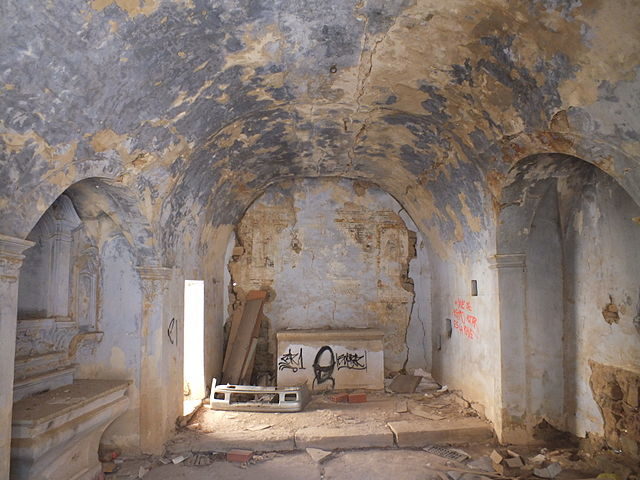
The church, like a huge part of the village, were victims of regular acts of vandalism. Although the church is in good condition, the chapel with the altar and the beautiful details of baroque decoration are still there. The frescoes on the walls and on the apse are also there, but they have been gradually fading for years.
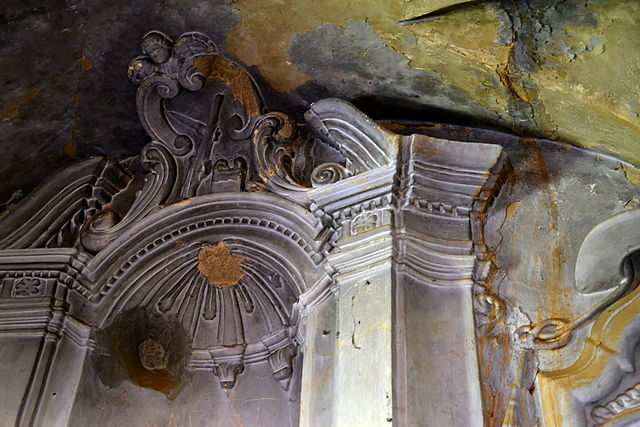
The houses are vast. The large lintels and other rich decorations on the façades recall the economic power of its owners. The interiors of the houses are dilapidated and in poor condition, although some characteristic details are still visible on the floor and on the walls. Most of the houses are in their original design, while two were partially renovated at the beginning of the 20th century and now have a more modern appearance. Patches of different eras can be seen in these buildings. For example one of the newer houses had running water in it and was the only one with this novelty.
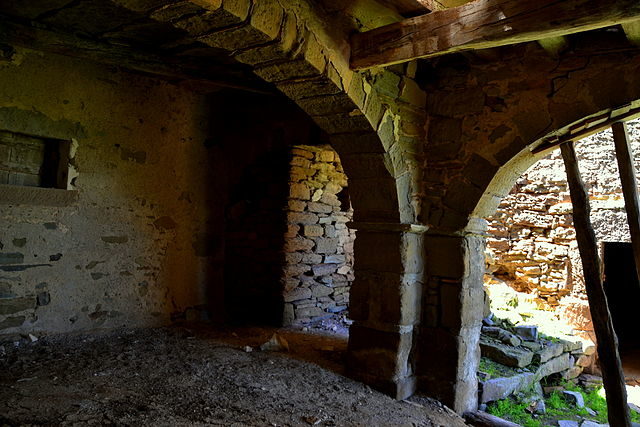
Probably the most interesting parts of the houses are the enormous oil tanks. One of the tanks is still well preserved. Because their diameter is over 6 ft, they are not able to be moved. The families produced oil from the olives cultivated around the village. Now the old olive press is in the town of Tàrrega.
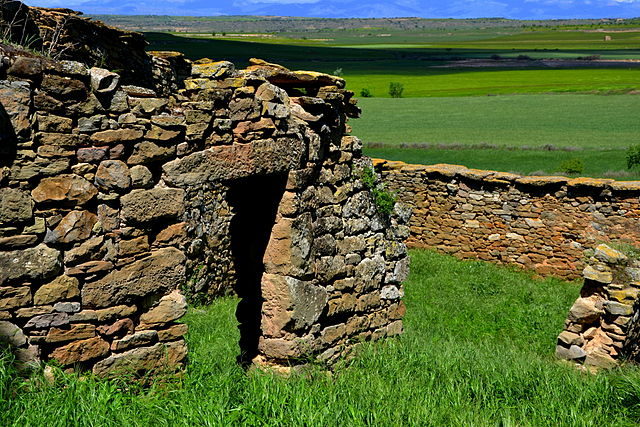
Interestingly, the rainwater from every house was collected in a well. This stored water was used in the hot and dry summer days when there was lack of rain. The northern part of the village was where the livestock pens were located, and the cemetery was at the entrance of the village. It was formed of small, shared family tombs, of which four still survive.
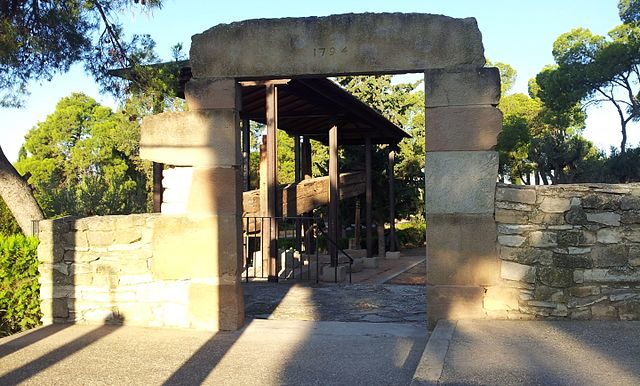
There were several attempts to restore the village, although none of them were successful. But in 2015, the luck of Conill changed. The entire village was bought by one enthusiast who already had experience with restoring old villages. He owns the eco-friendly and self-sustaining naturist village of El Fonoll, which is located approximately 18 miles away from Conill. His vision is to develop Conill in the near future into a place to attract artists and tourists.
